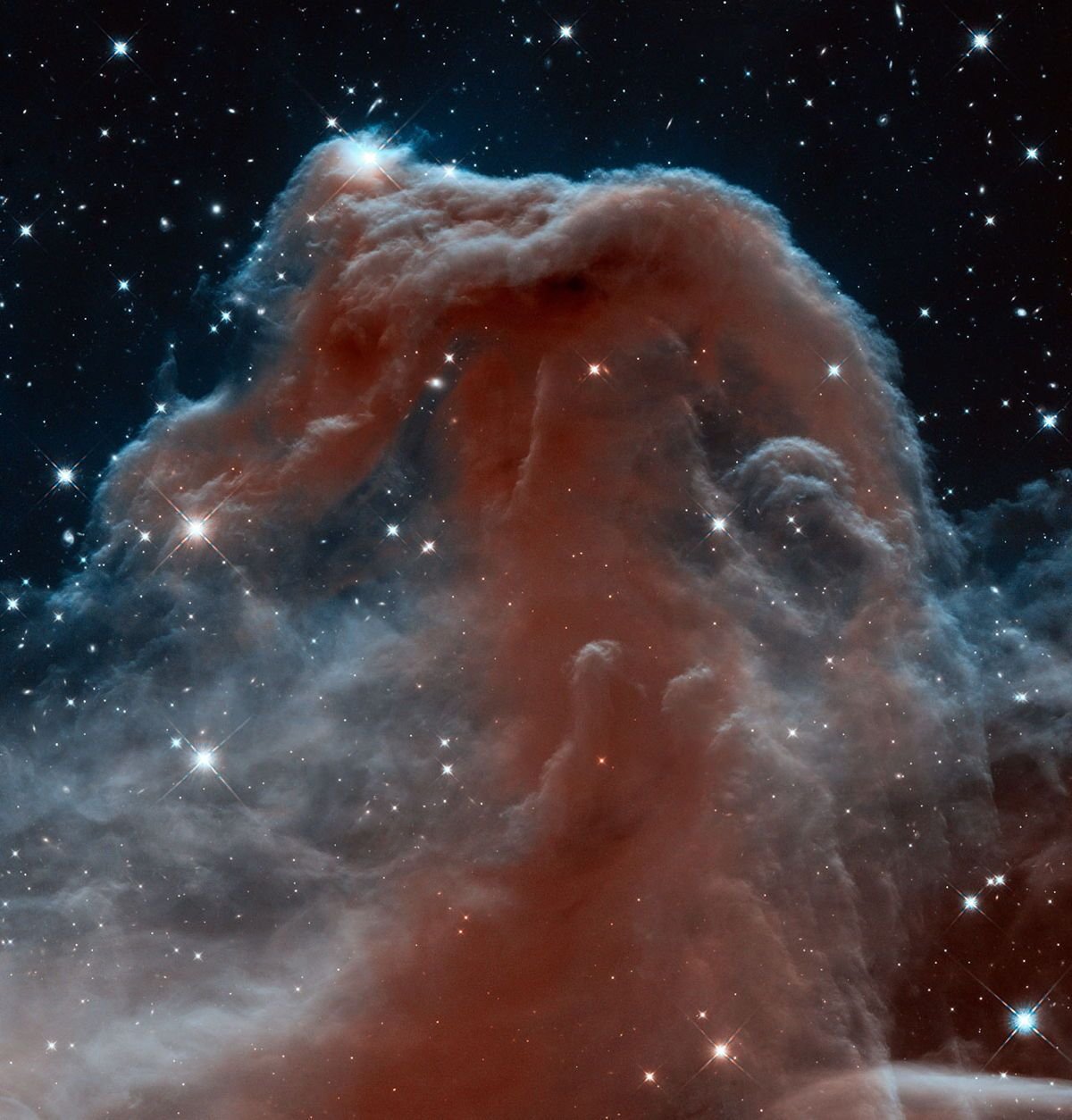The Hubble Space Telescope, an icon of space exploration and scientific discovery, has once again pushed the boundaries of our understanding of the cosmos. In a recent observation, Hubble has captured the intricate processes of star formation within a nebula located in the constellation Aquila, named G035.20-0.74. This nebula, a turbulent cloud of gas and dust, is the birthplace of massive stars, including a particular focus on B-Type stars, which are hot, young, and up to five times hotter than our Sun.
Key Highlights:
- The nebula G035.20-0.74 in the constellation Aquila is a star-forming region producing massive B-Type stars.
- Hubble’s observations are part of a program aimed at examining jets of gas from massive protostars, which play a significant role in star formation.
- Researchers combined infrared observations from Hubble with radio telescope data to study the jets in these regions.
- Findings suggest the mechanism creating these jets is similar across stars of different masses, supporting theories of star formation.

This discovery offers profound insights into the mechanisms of star formation, specifically the role of jets of gas that are expelled as a star begins to form. These jets, observed in the early stages of star development, are crucial in understanding how stars like our Sun came to be. The observation by Hubble, part of a focused program on massive protostars, sheds light on these jets’ influence on the formation of massive stars.
The study involved combining infrared observations from Hubble with data from radio telescopes, allowing scientists to penetrate the dust-enshrouded cradles of star birth. This comprehensive approach revealed a jet of material with properties similar to those associated with the formation of lower-mass stars, suggesting a universal mechanism at work across different star masses.
Conclusion:
The Hubble Space Telescope’s recent observation in the constellation Aquila not only underscores the telescope’s invaluable contribution to our understanding of the universe but also highlights the intricate and universal processes underlying star formation. This glimpse into the cosmic nursery, where massive stars are born, illuminates the shared mechanisms of star birth across the universe, emphasizing the fundamental unity underlying the vast diversity of celestial phenomena. It’s a testament to the enduring quest for knowledge and the continuous marvels revealed by combining the powers of observation across different wavelengths of light.


















